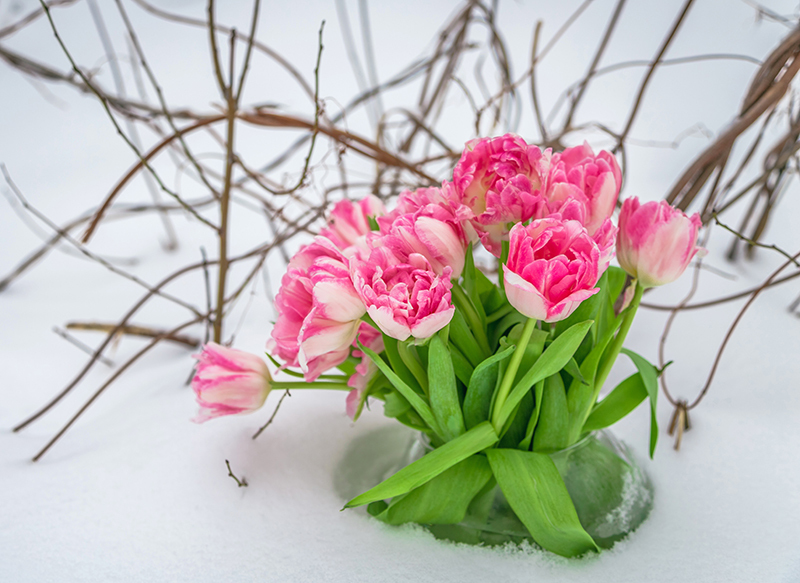Making a Festive Organic Christmas Wreath
Posted on 18/08/2025
As Christmas approaches, many of us look forward to decorating our homes with festive adornments. One timeless decoration is the Christmas wreath. This year, why not make your own organic Christmas wreath? Not only will it be a fun and rewarding project, but it will also add a touch of natural beauty to your holiday decor. In this article, we will guide you through the steps to create a festive organic Christmas wreath, discuss the pros and cons, share useful tips, and offer some takeaway points and conclusions.
Materials You'll Need
- Wreath base: Choose a natural base such as a grapevine wreath, a wire frame, or a foam ring wrapped in burlap.
- Evergreen branches: Pine, fir, and cedar are great choices for an organic wreath. You can forage these from your backyard or buy them locally.
- Natural decorations: Pinecones, berries, dried orange slices, cinnamon sticks, and seed pods.
- Floral wire: To attach your decorations to the wreath base.
- Pruning shears: To trim branches and other materials.
- Ribbon: An organic cotton or jute ribbon for hanging your wreath.

Step-By-Step Guide
- Prepare the Base: Start by preparing your wreath base. If using a wire frame, you can wrap it in burlap for a more rustic, organic look.
- Gather Evergreens: Trim your evergreen branches into 6-8 inch pieces. This will make them easier to work with and more uniform in appearance.
- Attach Evergreens: Begin attaching the evergreen branches to the wreath base using floral wire. Start at the base and work your way around, overlapping branches to cover the base completely.
- Add Decorations: Once your wreath is covered in evergreens, start adding your natural decorations. Attach pinecones, berries, dried orange slices, and cinnamon sticks with floral wire.
- Final Touches: Add a beautiful bow or streamer made from your chosen ribbon. This will give your wreath a finished look and a convenient way to hang it.
Pros and Cons
Pros
- Eco-friendly: Using organic materials reduces your environmental footprint.
- Personalization: You can tailor your wreath to your specific tastes and preferences.
- Cost-effective: Foraging natural materials and repurposing items can be more budget-friendly than buying a pre-made wreath.
- Therapeutic: The process of creating your wreath can be meditative and enjoyable.
Cons
- Time-consuming: Making your own wreath may take more time compared to purchasing one.
- Durability: Organic wreaths may not last as long as artificial ones.
- Foraging limitations: Not everyone has easy access to a variety of natural materials.
Tips for Success
- Work in Sections: Break down your wreath-making process into sections to avoid feeling overwhelmed.
- Stay Safe: Wear gloves when handling sharp branches and a mask if you're sensitive to scents.
- Preserve Freshness: If you want your wreath to last longer, consider spraying it with water regularly or using a preservative spray.
- Balance is Key: Make sure to distribute decorations evenly for a balanced and harmonious look.

Takeaways
- Creating an organic Christmas wreath is a delightful and eco-friendly project.
- Personalization allows you to showcase your unique style and creativity.
- While the process can be time-consuming, the result is a beautiful and meaningful decoration.
Conclusion
Making a festive organic Christmas wreath is a fantastic way to get into the holiday spirit while embracing sustainability. By using natural materials and your own two hands, you can create a beautiful, personalized decoration that will bring joy and cheer to your home. Though it may take some time and effort, the end result is well worth it. So, gather your materials, take a deep breath, and immerse yourself in the joyous act of creating your own organic Christmas wreath.


